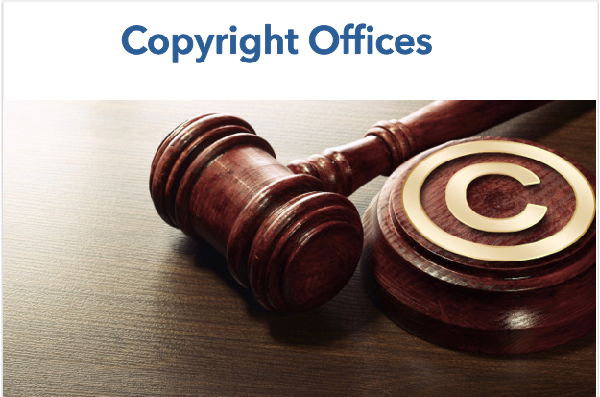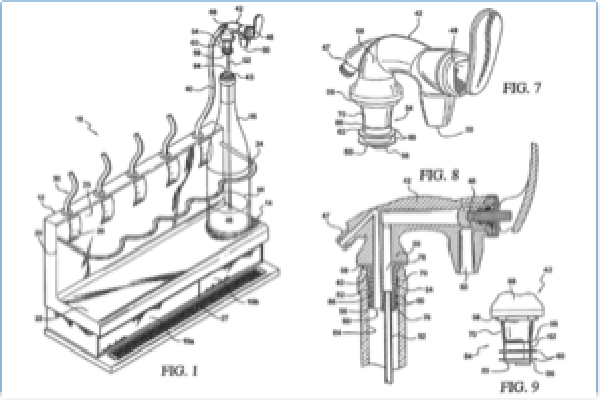

The International Patent Classification (IPC) is used to classify patents and utility models according to the different areas of technology to which they pertain. The IPC was established by the Strasbourg Agreement in 1971 and is continuously revised by the IPC Committee of Experts.
The Nice Classification (NCL) is an international system used to classify goods and services for the purposes of the registration of trademarks. The Nice Classification was established by the Nice Agreement in 1957 and is continuously revised by the Committee of Experts of the Nice Union.
The Locarno Classification (LOC) is an international system used to classify goods for the purposes of the registration of industrial designs. It was established by the Locarno Agreement in 1968 and is continuously revised by the Committee of Experts of the Locarno Union.
The Vienna Classification (VCL), established by the Vienna Agreement (1973), is an international classification of the figurative elements of marks.
The seventh edition of the Vienna Classification came into force on January 1, 2013. Find out more about the Vienna Classification.


TRADEMARKS & PATENT OFFICES
1. United States Patent Office
2. State Intellectual Property Office of China
5. Korean Intellectual Property Office
6. Canadian Intellectual Property Office
9. United Kingdom Intellectual Property Office
10. National Institute of Industrial Property (France)
1. Preliminary search for uniqueness:
= $ 1.750/1 month
2. Registration fee & services:
= $ 470/4-8 months
3. Submission of answer in case of provisional refusal:
= $ 1.580

Trademark, trade mark, or trade-mark is a recognizable sign, design, or expression which identifies products or services of a particular source from those of others, although trademarks used to identify services are usually called service marks.

Invention is a unique or novel device. The invention process is a process within an overall engineering and product development process. It may be an improvement upon a machine or product or a new process for creating an object or a result.

Computer program is a collection of instructions that performs a specific task when executed by a computer. A computer requires programs to function and typically executes the program's instructions in a central processing unit.

A work of art, artwork, art piece, piece of art or art object is an aesthetic physical item or artistic creation. Apart from "work of art", which may be used of any work regarded as art in its widest sense including works from literature and music

Registration of work of science as a copyright provides protection for results of identifiable embodiment of the idea - it means that creative activity idea should be described/embodied in practical solution, business process or method.